A Siberian snack – like an ice-lolly version of sashimi
It is raw, frozen fish or meat, shaved thin with a sharp knife so that it curls off the blade. Hurry – you have to eat it before it thaws for the best flavor and texture – Anton Troianovski tries stroganina
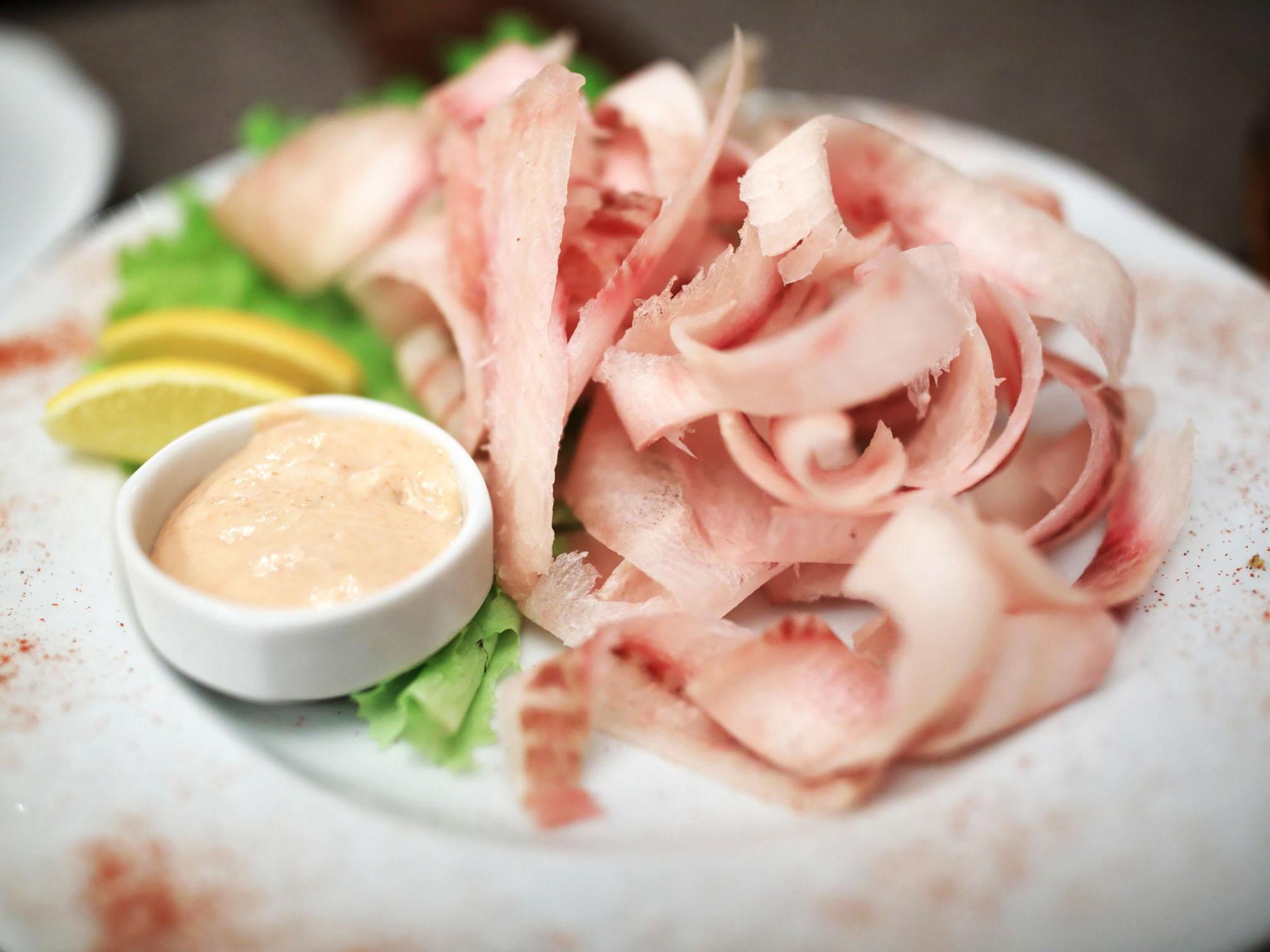
Your support helps us to tell the story
From reproductive rights to climate change to Big Tech, The Independent is on the ground when the story is developing. Whether it's investigating the financials of Elon Musk's pro-Trump PAC or producing our latest documentary, 'The A Word', which shines a light on the American women fighting for reproductive rights, we know how important it is to parse out the facts from the messaging.
At such a critical moment in US history, we need reporters on the ground. Your donation allows us to keep sending journalists to speak to both sides of the story.
The Independent is trusted by Americans across the entire political spectrum. And unlike many other quality news outlets, we choose not to lock Americans out of our reporting and analysis with paywalls. We believe quality journalism should be available to everyone, paid for by those who can afford it.
Your support makes all the difference.The tundra at dusk looks like the open ocean, waves of shades of blue, grey and white.
Indigenous reindeer herders traverse this terrain, eking a nomadic living out of the barren land. The biting cold this time of year keeps their provisions perpetually frozen, but they sometimes lack the time – or the firewood – to cook them.
So, when Mikhail Khudi, a reindeer herder, is hungry, he likes to take a bit of raw, frozen fish or reindeer meat from his sled-top pantry and dunk it in mustard before it disappears, chewy then creamy, in his mouth.
Travel thousands of miles across Arctic Siberia – from the oil-and-gas heartland on the Yamal Peninsula just east of the Ural Mountains, to the nickel smelters of the lonely city of Norilsk, to the gulag-haunted banks of the Kolyma river as you approach Alaska – and you will encounter Khudi’s snack: stroganina.
It is raw, frozen fish or meat, shaved thin with a sharp knife so that it curls off the blade. Hurry – you have to eat it before it thaws for the best flavour and texture, dipping the frozen shavings into a salt-and-pepper mix or your favourite sauce, then chewing lightly as they melt on your tongue, like an ice-lolly version of sashimi or carpaccio.
You’ll rarely find stroganina on the menu in Moscow. But I am convinced this is one of Russia’s greatest delicacies. In Siberia, you’ll find people who are stroganina connoisseurs, critiquing the mustiness of frozen whitefish from smaller lakes or praising the clean leanness of the catch from the Gulf of Ob.
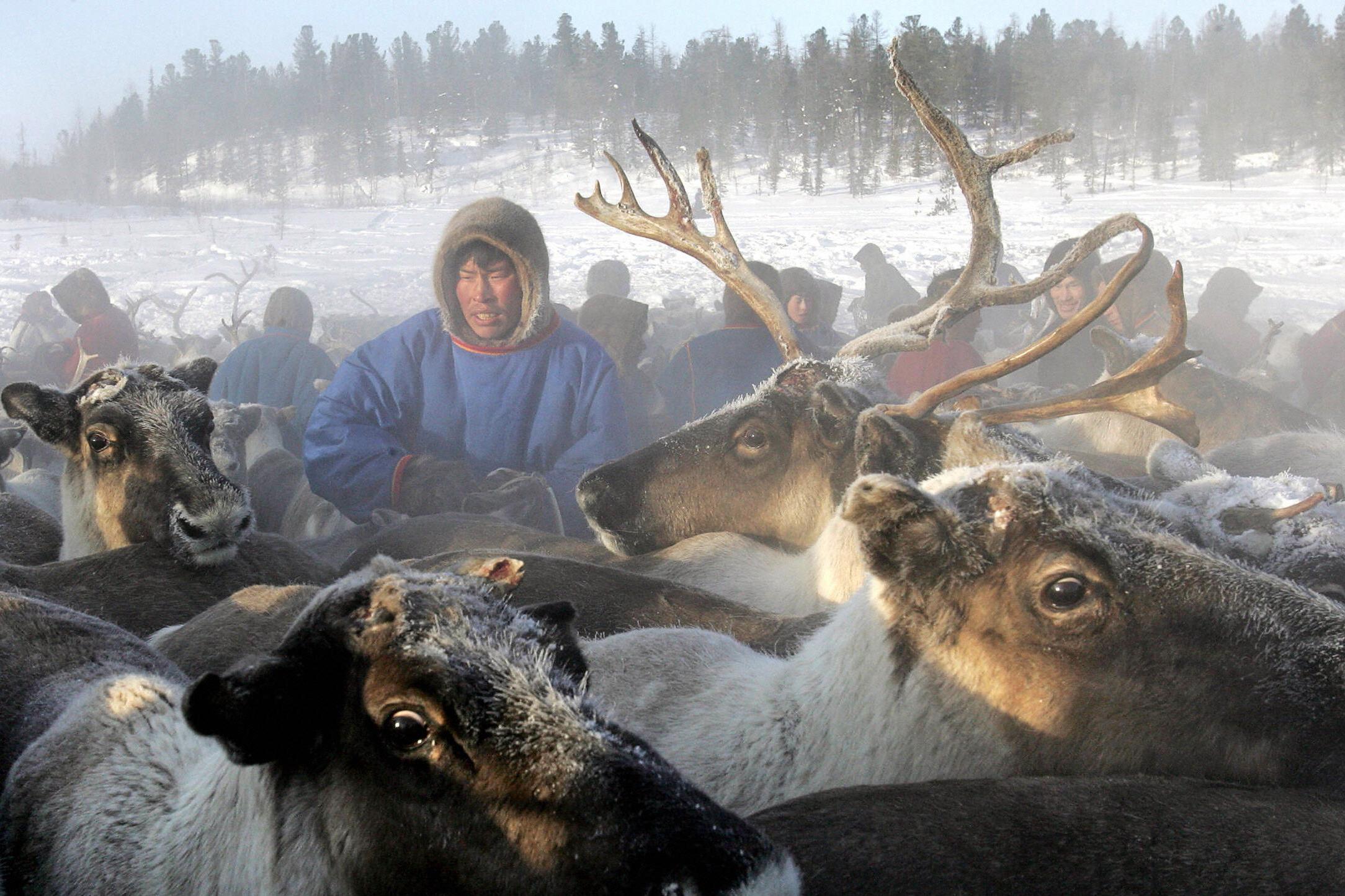
“I’m used to my Ob kind,” says Dmitry Kuybin, who fishes on that gulf, a 600-mile-long estuary along the eastern coast of the Yamal Peninsula that flows into the Arctic Ocean. “This lake stuff,” preferred by reindeer herders, he says, “tastes kind of mossy.”
For what to dip stroganina in, the possibilities are endless. Nellya Motysheva, who also lives on the peninsula, plans to collect her recipes in a book. What she calls “mom’s sauce” is vegetable oil, mustard powder and reindeer blood.
Global warming is threatening traditional ways of life. The receding sea ice is turning the region into a theatre of increased trade and intensifying geopolitical competition
The Russian Arctic looks remote on the map, but more than a million people live here – far more than in the polar regions of western Europe and North America. From the Bolsheviks’ forced collective farming and the gulag labour camps to the chaotic collapse of communism, outside forces beyond local control have shaped the lives of its residents.
Now places like the peninsula are synonymous with Russia’s rapid development of the oil-and-gas reserves in its northern reaches. Global warming is threatening traditional ways of life. The receding sea ice is turning the region into a theater of increased trade and intensifying geopolitical competition.
“Nevertheless, we’ve kept our passion for our traditional food,” says Zoya Safarbekova, director of the Yamal District Museum in the town of Yar-Sale near the Gulf of Ob, after ticking off the external shocks that have befallen her indigenous Nenets people over the last century. “In November, the freezing cold begins, and that’s it – you know you must eat stroganina.”
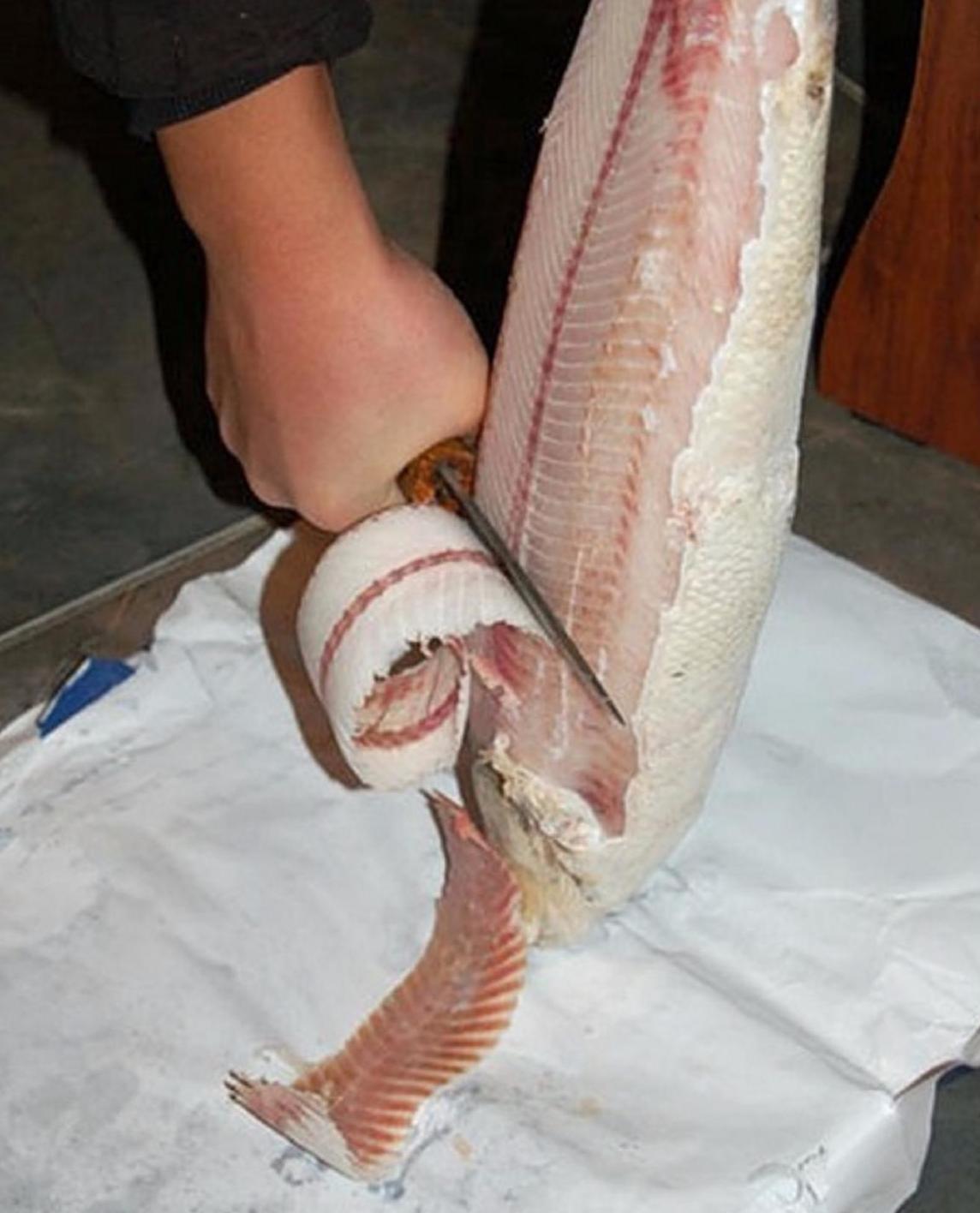
The name of the dish comes from the Russian word strogat, meaning “to whittle”, as a carpenter would. It is distinct from the less refined rubanina – from the word for “to chop” – which is a frozen fish pounded to bits with an ax.
The best stroganina, Yamal residents say, is produced when it is chilly outside – no warmer than -28C. That temperature flash-freezes the fish or reindeer meat and locks in the flavour.
It is, alas, relatively warm – around -21C – when we climb onto snowmobiles to follow Kuybin, the fisherman, for some 30 miles out of the Yamal village of Salemal as he checks his fishing nets.
We zoom over the frozen Ob through the blowing snow, the location of the horizon line between sky and ice a matter of guesswork.
Kuybin, who works with his wife for the Salemal fish plant, doesn’t bother to wear mittens or gloves. He wears rubber boots, camouflage pants and a hooded reindeer-fur cloak. Their daughter’s award certificates for good grades – “One Hundred A’s for Mom” – are posted on the wall of their fishing cabin.
In the summer, Kuybin’s wife is at the oars to keep their boat steady as he sets the net. In the frozen winter, the work is easier, so he goes out on his own.
He later acknowledges that eating frozen fish when it is freezing cold outside sometimes makes him even colder, but he said he enjoys it anyway
The catch is meager this time. He lays a pike straight on the ice before it freezes, guts and all, to allow for even and well-curled strips of stroganina.
He later acknowledges that eating frozen fish when it is freezing cold outside sometimes makes him even colder, but he said he enjoys it anyway.
“It’s our own thing, you know,” he says.
The Yamal district put on a stroganina festival in December in the town of Yar-Sale, just north of the Arctic Circle, with a population of about 6,000. The district flew several Russian culinary celebrities to the regional center of Salekhard and sent tundra-grade jeeps to take them on the five-hour drive over the frozen Ob.
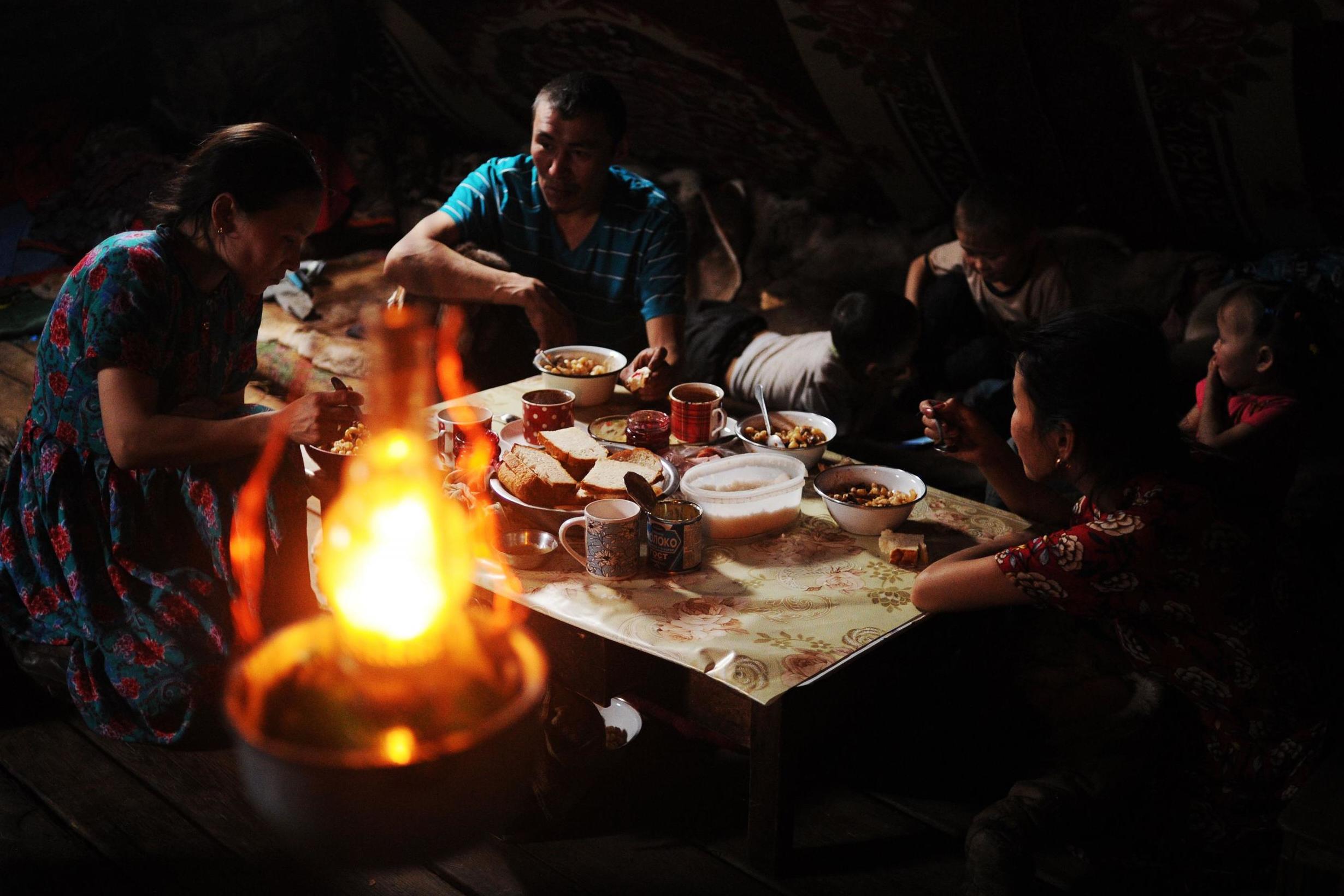
Like many Arctic towns, Yar-Sale is accessible by ice road in winter, by boat in summer and only by helicopter in the spring and autumn.
There was a ball, cooking classes and a stroganina-making competition with separate reindeer and fish stages judged by local officials and celebrity visitors.
The hardest part of the stroganina process seems to be peeling the skin off the frozen fish. The best slices emerge thin and curly, shaved by slicing downward, rigid tail held tight.
If the feel of the frozen fish on the tongue recalls a light sorbet, the frozen raw reindeer is like a rich ice cream. In both cases, the flavour of the meat hits you as it thaws.
Three of the competitors at the stroganina festival bring along reindeer blood, a traditional stroganina dip. It tastes like the essence of rare venison steak – gamey, sweet, salty, smoky.
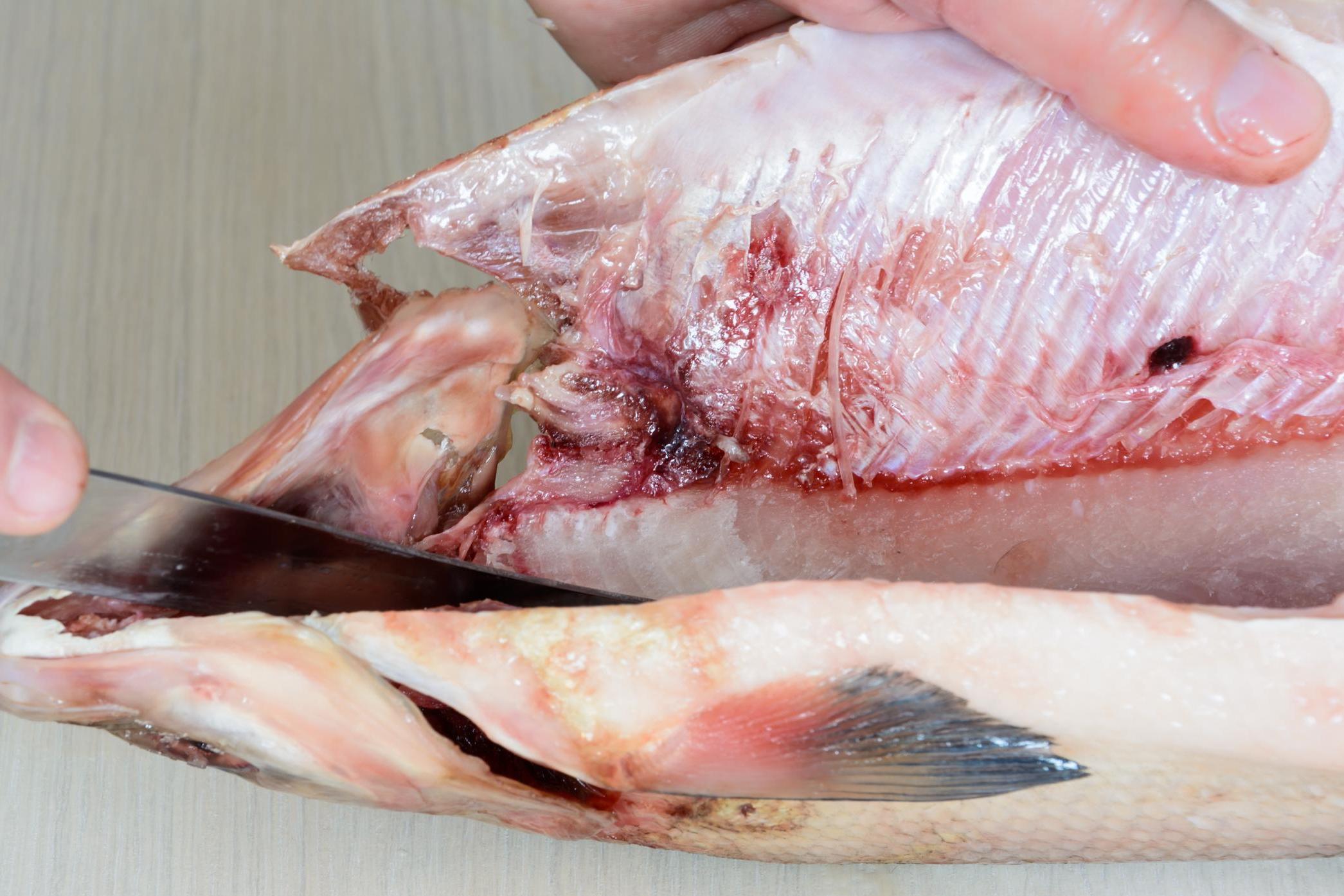
Young women carry the stroganina to the town square, where residents sample the competitors’ handiwork and cast their own votes. Children play on a slide hewn out of ice and around ice sculptures of the Taj Mahal, the Eiffel Tower and the Parthenon.
The celebration is a reminder that Russia’s underground Arctic resources, made more accessible thanks to global warming, have created a cascade of wealth even as reindeer herders, hunters and fishermen complain of pollution and disruption from new oil wells and gas pipelines.
If we start forgetting what we once had, we won’t have a future
“You know, there used to be a time when I didn’t have enough bread,” says Khatyako Yezyngi, a district government official specialising in indigenous issues. “If we didn’t have all this money, how would we be putting on the festival today?”
Motysheva, who makes the blood-and-mustard dip, won the residents’ vote competition. Her book of stroganina sauces will be called “Our Future is with Our Ancestors”.
She says the dish is rooted in the Nenets’ nomadic past, a time when they could only survive on frozen raw meat in the barren tundra.
“If we start forgetting what we once had, we won’t have a future,” she says.
By the end of the two-day festival, I feel I have a fairly good grasp on Yamal’s culinary landscape, at least when it comes to dishes served frozen. We spend our last evening on the peninsula in the village of Salemal. The energetic mayor, Maksim Karelin, 31, bakes a fish stuffed with lemon, dill and non-fat mayonnaise, then takes us to his friend Sergei’s banya, or Russian sauna.
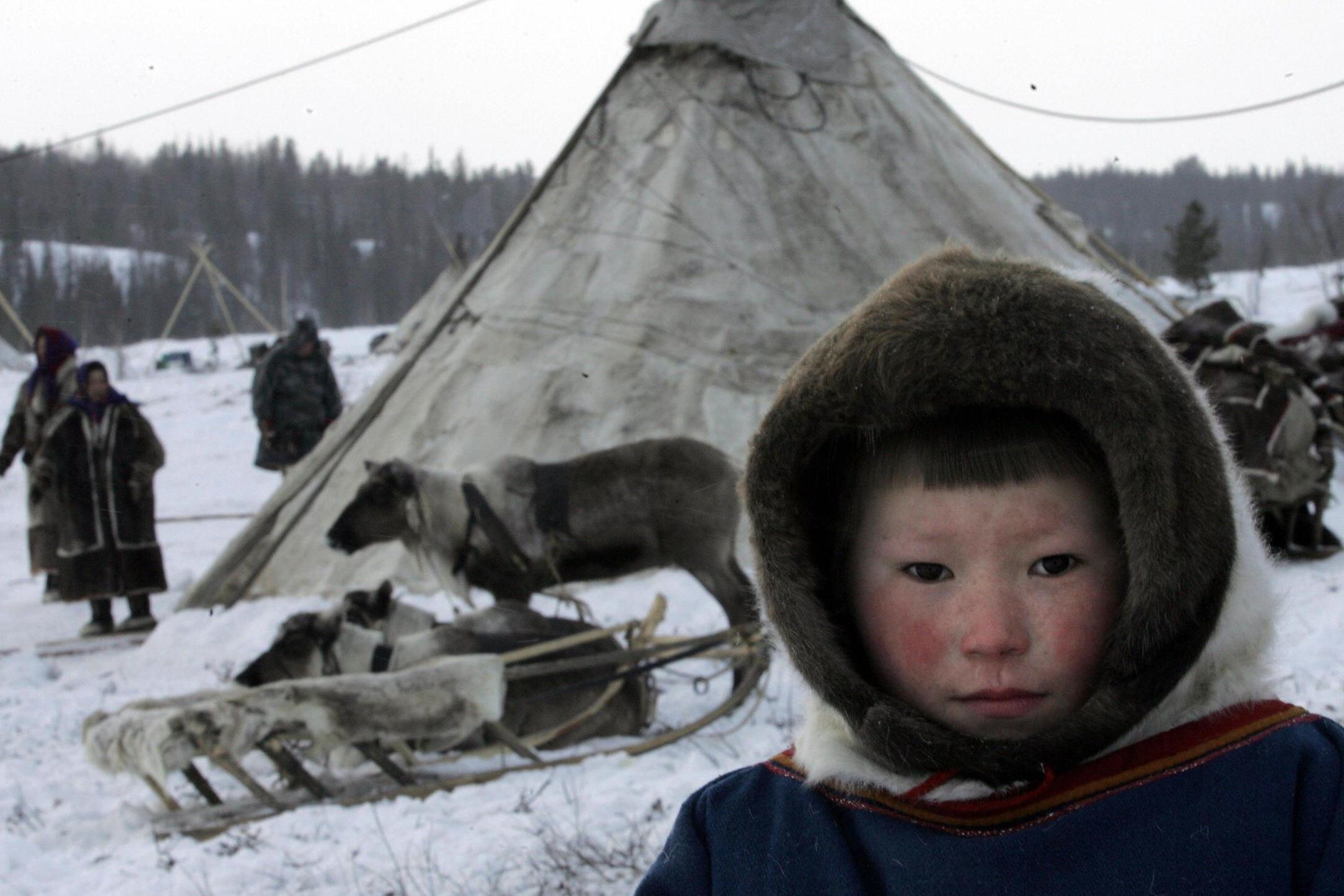
“Of course, stroganina isn’t the tastiest thing you’ve eaten here,” Karelin says as we dine at the table in his office.
“Well, the stroganina was pretty tasty.”
“You haven’t had kolodka?”
This, it turns out, is fish salt-cured under weights that push out the excess liquid, then left outside to freeze. Later that evening, at the banya, Sergei brings such a fish out of a black plastic bag. He slices it into chunks alongside a mustard dip. While stroganina is served fully frozen, kolodka is best partially thawed.
In my mouth, the kolodka turns ethereally gooey, like soft taffy. But unlike Karelin, I prefer stroganina. Its bracing and freezing rawness, followed by its subtle tenderness, distills the wild, blustery, softly lit grandeur of the far north.
© New York Times
Join our commenting forum
Join thought-provoking conversations, follow other Independent readers and see their replies
Comments